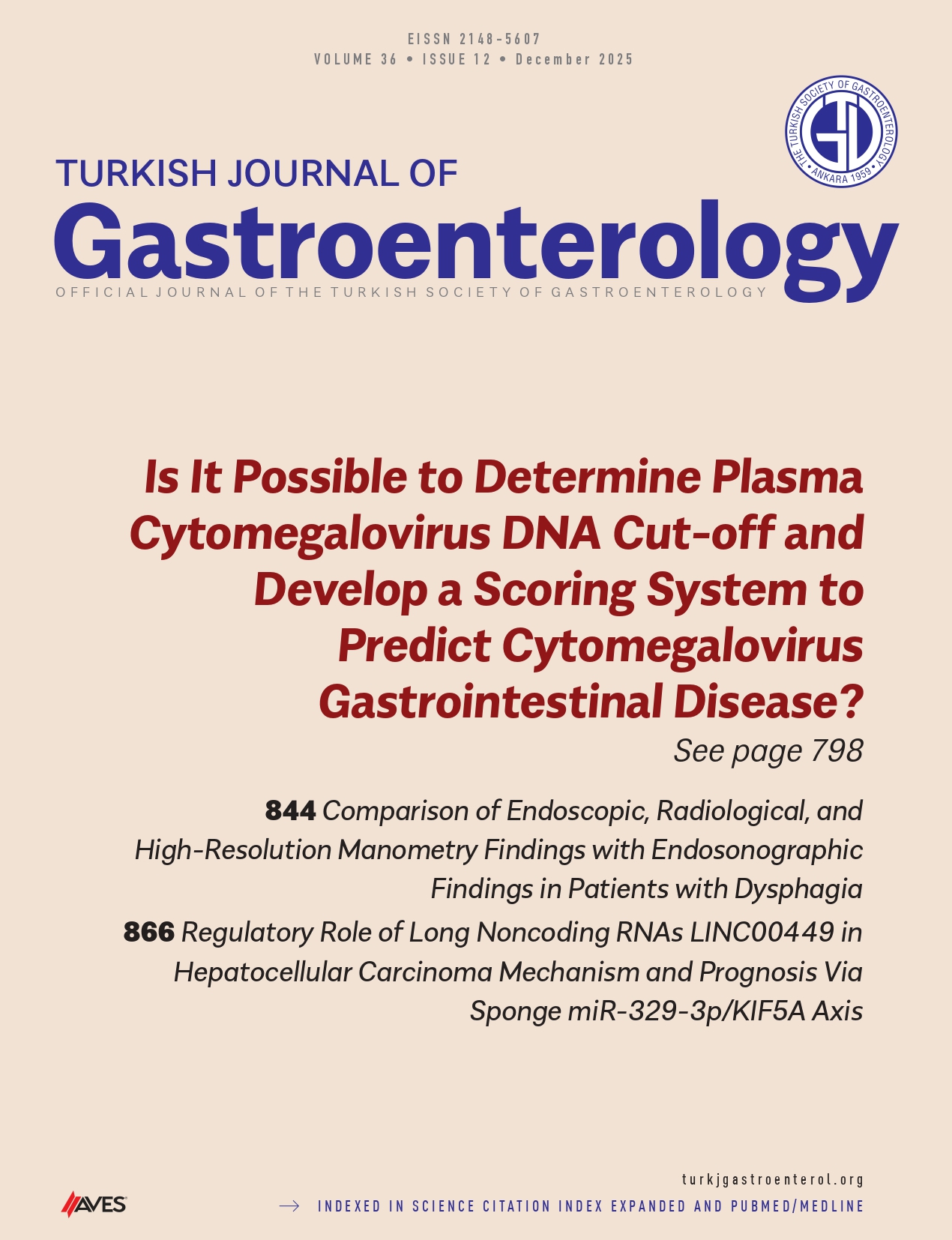Abstract
INTRODUCTION: More than half of the intravenous drug users (IDUs) are infected with hepatitis C infection (HCV) in Turkey and there has been a trend to increase in the numbers of IDUs. Direct-acting antivirals (DAAs) have been recently reimbursed for HCV treatment. We analyzed for the efficiency and safety of DAAs for Turkish IDUs.
METHODS: From 37 centers, 18 years old and above patients planned DAA treatment between April 2017 and September 2018 were enrolled into the study.
RESULTS: Among the 2230 patients, the way of transmission was unknown in 1754 and among the remaining 476, 169 (7.8% of all) were IDUs (159, 94.1% male, mean age 31±10 years). Genotypes were G3: 80 (47.6%), G1: 54 (32.1%), G2: 17 (10.1%), G4: 16 (9.5%), and G5: 1 (0.6%). Among G1, 54 were subgenotyped: 30 (55.6%) were G1a and 24 (44.6%) were G1b. Eight (4.8%) patients were cirrhotic; 7 Child-Pugh A, 1 Child-Pugh B-C. In 92 (48%), a liver biopsy was available: mean histologic activity index (HAI) was 7.5 and fibrosis score was 2.4. HAI was mild (1-6) in 35.9%, moderate (7-12) in 60.8%, and severe (13-14) in 3.3%. Fibrosis was mild in 54.4%, moderate in 43.3%, and advanced in 2.3%. 19(11.8%) patients were treatment–experienced (relapse 14, non-responder 5): pegylated-interferon+ribavirin (PR) in 16 (84.2%), PR+Boceprevir in 2 (10.5%), and PR+Telaprevir in 1 (%5.3). Viral response rates at treatment week 4, at the end of treatment and at SVR12 were 87% (47/54), 98.7% (76/77), and 98.6% (71/72) respectively. At SVR12 mean ALT 18 IU/mL, AST 21 IU/mL, albumin 4.2 g/dL, and prothrombin time 12.4 sec. DAAs were generally well tolerated. On treatment; 11 patients (6.5%) experienced adverse events: insomnia 5 (3.0%), asthenia 4 (2.4%), pruritus 3 (1.8%), headache 2 (1.2%), weight gain 2 (1.2%), and miscellaneous 5 (3.0%).
CONCLUSION: Compared to all of the other patients in the database, IDUs were younger (58±12 years vs. 31±10 years, p<0.001) and the rate of male/female was higher (950 male-42.6%/1111 female-57.4% vs.159 male-%94.1/10 female-5.9%, p<0.001). Cirrhosis frequency was lower (303/2061; 14.7% vs.8/169; 4.8%, p<0.05). The majority of genotypes among other patients G1 is 92% and G2 plus G3 are 8%. However among IDUS, rate of G3 is 47.6%, G1: 32.1%, and G2: 10.1%. IDUs with HCV were shown to younger, higher rate of male gender, and with less severe liver disease. DAAs were found efficacious and safe in this group.
*This study was supported by Gilead Sciences, was not involved to the content of the study/publication; no involvement to the decision to submit for publication.




.png)
.png)